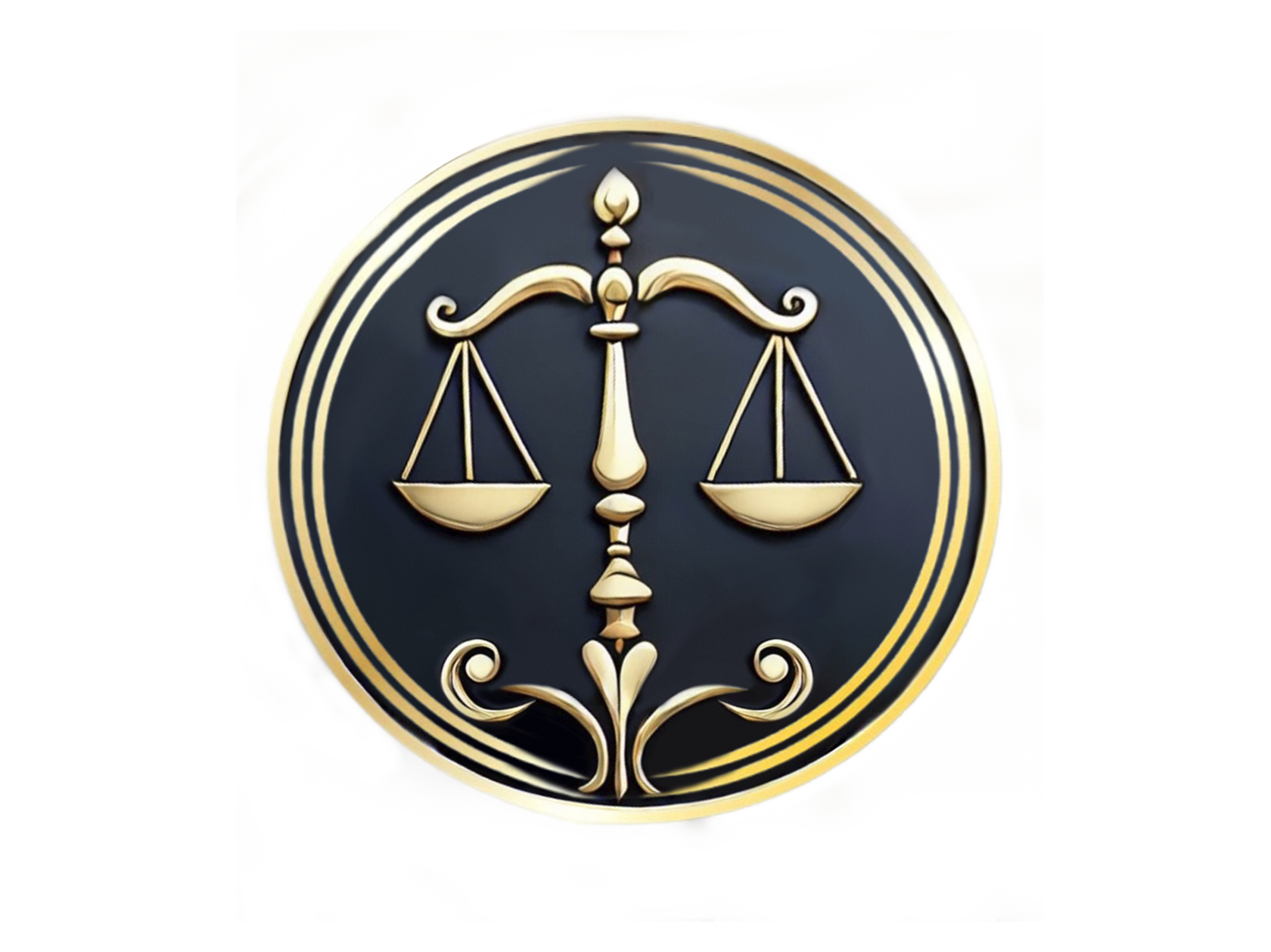Exclusive Corporate Masterclass:
Professional Ethics & Leadership Alignment
Dear Leader,
If internal conflicts, unclear leadership roles, and inconsistent communication are holding your company back, you’re not alone. Many organizations struggle with misalignment, which leads to leadership burnout, lost opportunities, and inefficiency—especially when navigating formal or international business settings.
A Direct Solution: 2-Hour Live Masterclass
Our Professional Ethics & Leadership Alignment masterclass is designed to address these exact challenges. This 2-hour, live training session is not just theory—it’s a practical approach to bringing your team into full alignment with your company’s goals and values.
Offer Details
- Special Price: 5,500 CHF (Standard Rate: 9,000 CHF)
- Location: Lugano, Switzerland (or on-site with an additional travel fee)
- Target Audience: CEOs, Executives, Senior Leaders, and Corporate Teams
- Industry-Specific Adaptation: Additional 30% for tailored content.
- Post-Training Strategy & Coaching: 2,000 CHF/hour for follow-up implementation.
- International On-Site Delivery: Custom travel fees apply.
What This Masterclass Delivers:
Professional Conduct Framework: Essential Elements for Effective Teams
A well-functioning team operates with defined roles, structured communication, and a shared commitment to ethical standards. Three fundamental principles contribute to effective professional conduct:
1. Clear Hierarchy and Communication: Establish clear roles, hierarchy, and structured decision-making.
- Leadership structures should be clearly defined, ensuring that decision-making processes are efficient and transparent.
- Meetings should be structured with clear objectives, assigned roles, and actionable outcomes to prevent ambiguity.
- Transparency in decision-making allows employees to understand the rationale behind strategic choices, fostering trust and alignment.
2. Professional Ethics and Etiquette: Strengthen workplace interactions through structured, respectful engagement.
- A unified code of conduct ensures that all employees uphold the organization’s values in every interaction.
- Confidentiality and discretion are essential in maintaining trust, particularly in industries requiring strict ethical compliance.
- Leadership presence is reinforced through professionalism, respect, and the ability to make decisive, well-communicated decisions.
3. Cultural and Diplomatic Awareness: Develop the skills necessary to navigate international and high-stakes professional environments.
- In global business environments, leaders must adapt their communication and professional behavior to align with cultural expectations.
- Cross-cultural etiquette should be respected in meetings, negotiations, and business engagements to prevent misinterpretations.
- Diplomacy in leadership requires composure under pressure, the ability to resolve conflicts respectfully, and strategic adaptability.
By aligning leadership behaviors, communication strategies, and professional conduct, companies create an environment where trust, accountability, and strategic growth are reinforced at every level.


